 Automatic washing machines use an electric element to heat water to the required temperature. If the device stops working due to a burnt-out heating element, then this part can be replaced without resorting to the help of professional craftsmen. In order to correctly replace a burnt part, it is important to avoid mistakes at the dismantling stage, so you need to know in advance how to remove the heating element from the washing machine. This article will discuss the basic rules for removing the heater, using the example of repairing the most common models.
Automatic washing machines use an electric element to heat water to the required temperature. If the device stops working due to a burnt-out heating element, then this part can be replaced without resorting to the help of professional craftsmen. In order to correctly replace a burnt part, it is important to avoid mistakes at the dismantling stage, so you need to know in advance how to remove the heating element from the washing machine. This article will discuss the basic rules for removing the heater, using the example of repairing the most common models.
Preparatory work
Before you begin the main work of removing the heating element, you need to prepare the following tools:
- Slotted and Phillips screwdrivers.

- Set of socket wrenches.
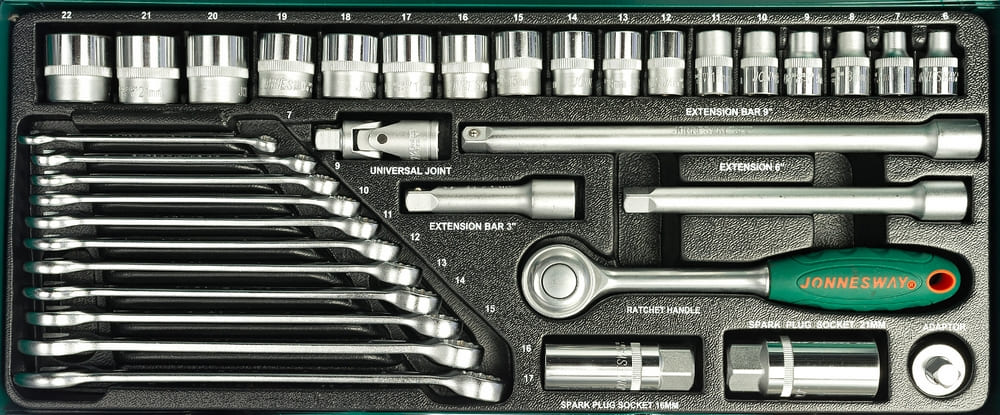
- Small hammer.
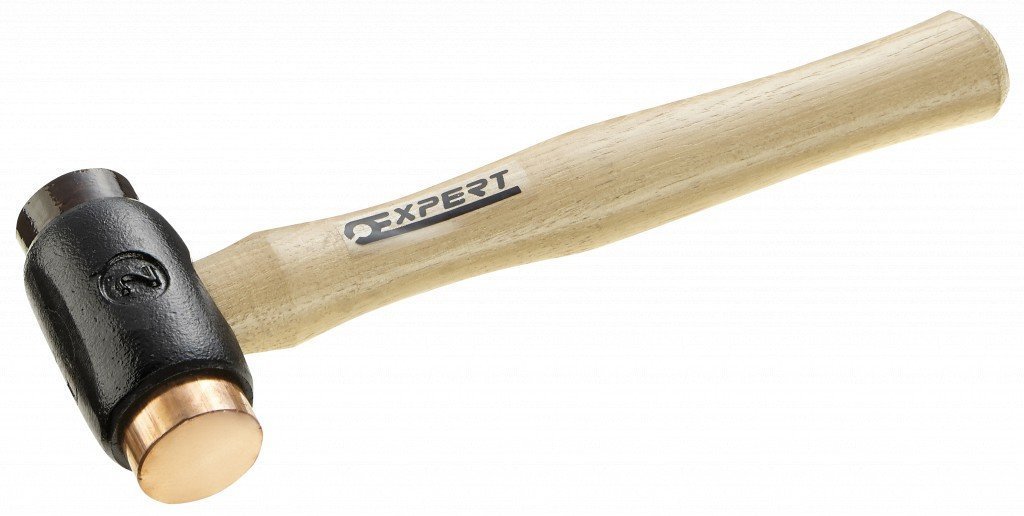
- Rags.
- Low capacity.
A container and rags are needed to remove water that may remain in the tank of a household appliance. Before you begin removing the liquid, you must completely disconnect the machine from the electrical network. On many models, liquid is removed through a tube located at the bottom of the device near the drain filter.
After the machine is de-energized, the water is drained and the tools necessary for the work are prepared, you can begin the main work of removing the heating element from the household appliance.Next, we will look step by step at how to remove the heating element from the washing machine.
Samsung
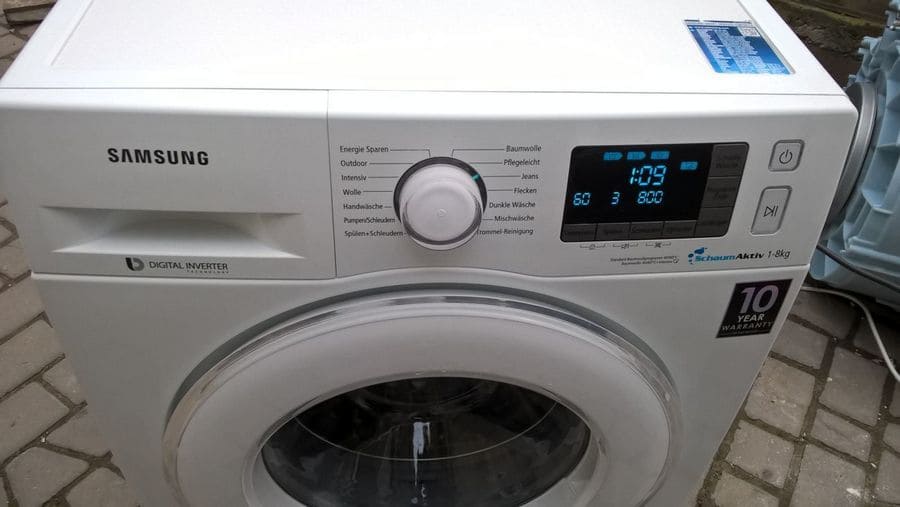
Samsung washing machines are most in demand among domestic buyers, because thanks to the production of household products of this brand in our country, it is possible to reduce the cost as much as possible.
The heating product on almost all models is located at the bottom of the device, so to remove it you will need to remove the covers that block access to the heater. In automatic washing devices of the Samsung brand, with a load of laundry up to 5 kg, the heater is removed in the following sequence:
- Remove the back cover by unscrewing several screws holding this part.
- Disconnect the wires.
- Use a socket wrench to unscrew the nut located between the contacts.
- Remove the element using gentle rocking movements.
On some models, access to the heating element is possible only from the front panel. Typically, this category of household products includes Samsung washing machines with a load of laundry of more than 5 kg. If it is necessary to remove the heater from such a device, then the work is performed as follows:
- Remove the top cover. To do this, you need to unscrew the 2 screws holding this part with a screwdriver and move it towards the front panel.
- Remove the dispenser container and unscrew all the screws holding the front cover.
- Remove the bottom false panel.
- Unscrew the bottom bolts holding the front panel.
- Remove the rubber panel of the loading door.
- Unscrew the door and locking mechanism and remove them.
- Remove the front panel.
- The wires are removed from the heating element located in the lower part.
- Unscrew the nut located in the central part.
- Using a light blow of a hammer, press the bolt inside the container.
- Using a screwdriver, pry up the gasket and remove the part from the household appliance.
At this point, the removal procedure for this product can be considered complete.
LG

To access the heater in the LG washing machine, you will also need to remove the back panel. The removal process is then carried out as follows:
- Disconnect the electrical wires from the heating element.
- Use a socket wrench to unscrew the nut located between the contacts.
- Lightly hit the bolt on which the nut was screwed with a hammer or wrench so that it falls inside the housing.
- Use a thin screwdriver to pry up the seal.
- Carefully remove the heater from the tank so as not to destroy it, as well as the seat located on the tank body.
After removal, you can use the faulty heater to select a new product and install it in the reverse order.
Indesit
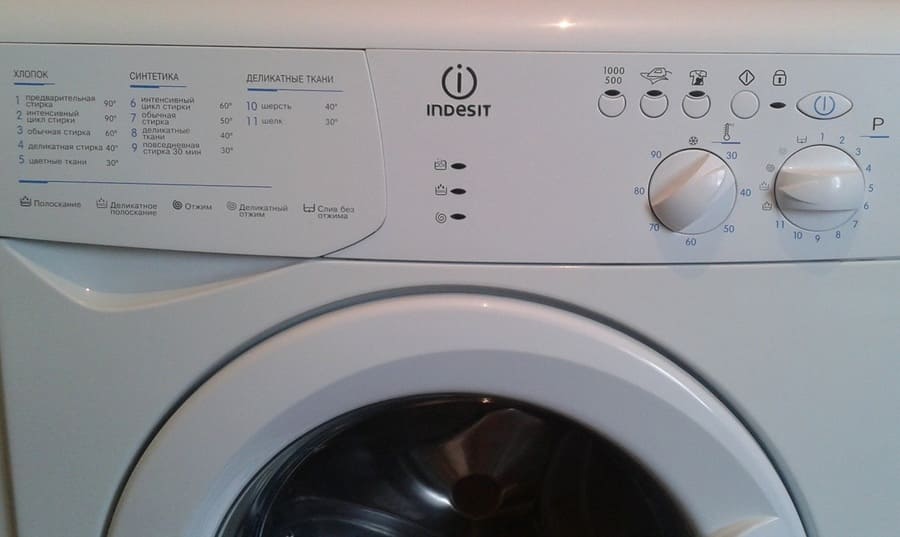
In order to remove the heating element from an Indesit brand automatic washing device, you must perform the following steps:
- Remove the back cover.
- Disconnect the wires.
- Using a socket wrench, unscrew the nut located in the middle of the base.
- Gently hit the bolt with any hard object so that this part is pushed inside the tank.
- Use a thin screwdriver to pry up the base of the heater, pull it towards you and remove it from the washing machine tank.
At this point, the operation to remove the heating element can be considered complete.
Bosch
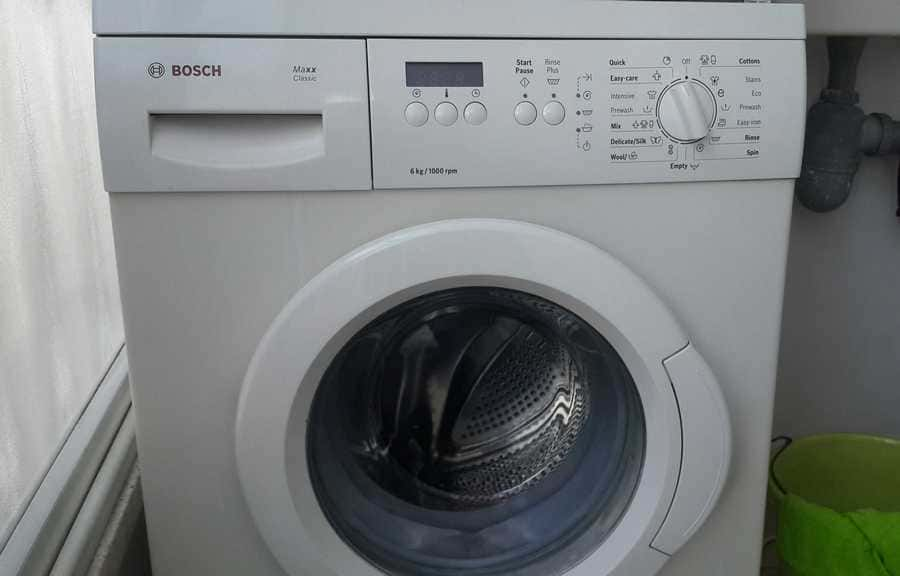
In a Bosch washing machine, you can also replace the heating element yourself. The process of repairing a household product does not take too much time and is performed in the following sequence:
- Remove the top cover of the device by removing 2 screws located on the back of the device.
- By pressing the central latch, remove the dispenser tray from the front panel.
- Use a screwdriver to remove the control panel screws.
- Detach the bottom panel of the device, which, as usual, is held on only by latches.
- Open the loading hatch and remove the rubber sealing collar.
- Unscrew the bolts holding the door and locking mechanism.
- Remove the front panel.
- Disconnect electrical wires.
- Remove the nut from the bolt located between the electrical contacts.
- Carefully push the bolt inside the tank.
- Using a thin screwdriver, pry up the gasket and carefully remove the heating element from the tank.
The work of removing the heating element has been completed.
Ariston
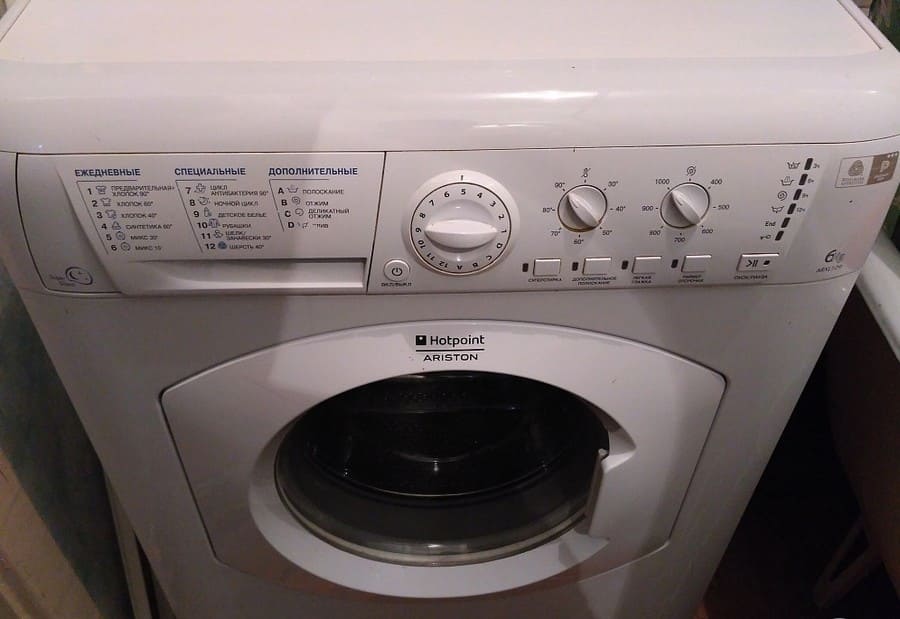
Remove the heating element in an Ariston washing mashine, possible with minimal disassembly of the household appliance. To remove this product you must:
- Unscrew the fastening screws of the small plug located at the bottom of the back cover of the device.
- By removing the plug cover, access to the heating element will open, from which all electrical wires should be disconnected.
- Remove the nut located in the central part of the product.
- Carefully push the bolt inside the tank.
- Use a slotted screwdriver to pry off the gasket and remove the part from the device.
The procedure for removing the heating element is completed.
Zanussi
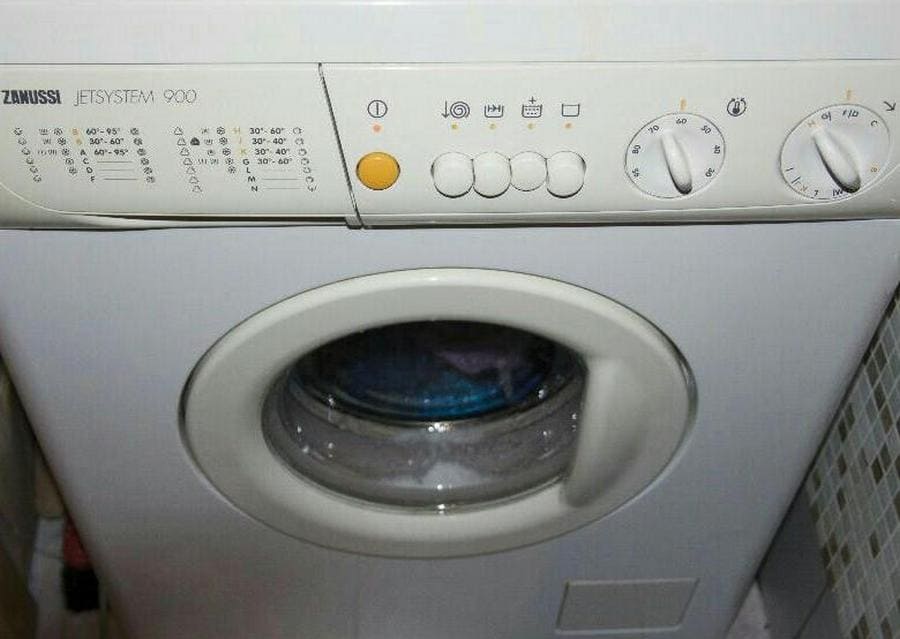
In order to remove the heating element of a Zanussi washing machine, you will need to perform the following steps:
- Remove the back cover of the device by unscrewing the screws holding it in place.
- Disconnect all connected wires.
- Unscrew the central nut of the heating element.
- Use a screwdriver to pry off the sealing gasket and remove the heating element from the tank.
If it is necessary to replace the heating element, then the steps for installing a new heating element are performed in the reverse order.
Tips and tricks
When performing basic work on dismantling an old heating element, it is recommended to follow the following rules:
- Several electrical wires are connected to the heating element, which can be mixed up when subsequently installing a new element. To prevent this from happening, it is recommended to take a photograph of the connected wires before proceeding with dismantling.
- The middle nut of the heating element does not have to be completely unscrewed. To remove the heating element, simply unscrew it a few turns and push the bolt inside the tank. When performing such actions, the bracket holding the heating element will be weakened and the part can be easily removed.
- Be careful when prying off the rubber gasket using a sharp slotted screwdriver. Careless actions can lead to a puncture of this part, which will render it unusable.
Following these simple rules will allow you to perform the operation of removing the heating element without any negative consequences for the performance of the household appliance.
Conclusion
You can remove the heating element yourself, but only with careful handling of the elements of the device, which can be very easily damaged. You should also always disconnect devices from the electrical network to avoid electrical shock. If, after removing the heater, it is determined to be inoperable, then it will be replaced with a heater that will be fully suitable both in power and size.
Reassembling the machine is usually not difficult, but in order not to confuse some parts, they must be laid out separately from each other at the stage of dismantling the heater.









